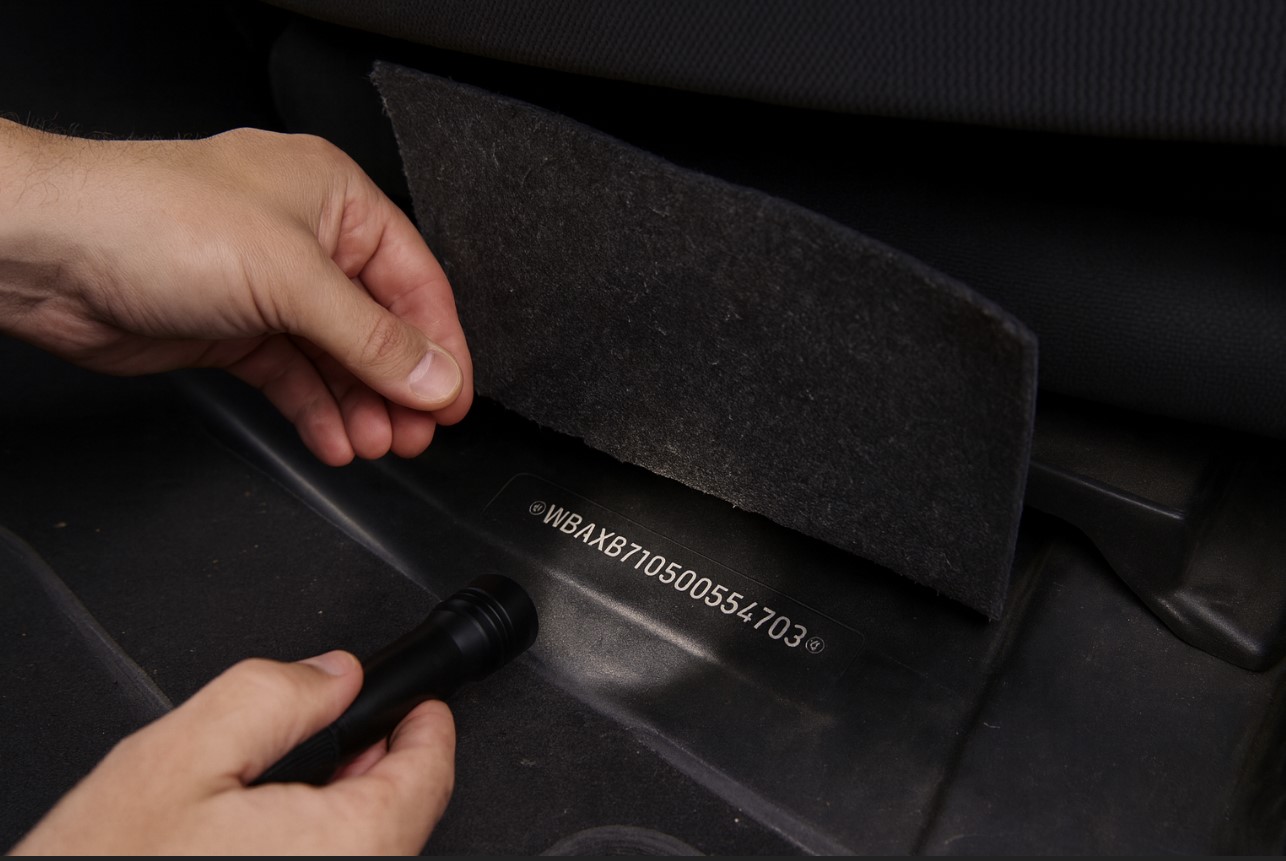 Best German engines since 2015
Best German engines since 2015
ADAS is a set of electronic helpers (ABS/ESP, AEB, ACC, lane keeping, blind-spot monitoring, auto park, etc.) designed to reduce driver workload and improve safety. Manufacturers stress: assistance supports you, it does not replace attention and control.
Assistance by brand: what it does & how to enable
✔️Toyota — Toyota Safety Sense (TSS)
Typically on by default: pre-collision braking, lane warning/keeping, auto high beam, sign recognition. Lane keeping via LDA/LTA on the wheel; adaptive cruise via ON/SET and distance selector. Keep the windshield camera area clean; watch cluster messages.
✔️Honda — Honda Sensing
CMBS (AEB), LDW/LKAS (lane), ACC, sign recognition. Activate the bundle with MAIN then LKAS, set ACC. Hands on the wheel; poor lane markings may pause LKAS.
✔️Nissan — ProPILOT Assist
Great on motorways: combines ACC and lane centering. Press ProPILOT → reach speed → SET. Requires hands; lane centering pauses if markings disappear.
✔️Volkswagen/Škoda/SEAT — IQ.DRIVE
ACC, Lane Assist, Front Assist, Side Assist, Rear Traffic Alert, Travel Assist. ACC via cruise buttons; semi-autonomous Travel Assist via the steering-wheel icon. Dirt on emblem/camera can disable functions — clean the radar/camera zones.
✔️Audi — pre sense, Adaptive/Traffic Jam/Assist
Pre sense (AEB), Active Lane Assist, motorway/traffic-jam assist. Enable via stalk/MMI, ACC SET. After windshield replacement — mandatory camera calibration.
✔️BMW — Driving Assistant / Driving Assistant Professional
Base: warnings/AEB, lane, blind spot. “Pro” adds ACC Stop&Go and steering assist. Left side of the wheel: MODE plus the steering icon. Strict about conditions: hands and clear markings required.
✔️Mercedes-Benz — Intelligent Drive (Distronic, Active Steering, AEB)
DISTRONIC ACC, steering assist, AEB, blind spots, sign recognition. Key functions are present; enable cruise/steering manually. No hands → warnings → deactivation.
✔️Tesla — Autopilot / FSD
Base: lane keeping + ACC; extended adds auto lane change, parking, Summon, etc. Activate with a double press (varies by model). Always keep light torque on the wheel or you’ll get warnings and slowdown.
✔️Volvo — IntelliSafe / Pilot Assist
City Safety (AEB), BLIS with steering, Cross Traffic Alert, Pilot Assist (ACC+steering up to ~130 km/h). Enable Pilot Assist from the wheel with cruise active; green lane indicators confirm tracking.
✔️Hyundai/Kia — SmartSense / Drive Wise
SCC (ACC), LKA/LFA (lane), AEB, BLIS (some with BVM camera), HDA (motorway). LFA/LKA via steering-wheel buttons; HDA requires cruise and (on some) navigation data.
Usage recommendations
- Hands on the wheel. Mass-market systems are Level 2 and need supervision.
- Mind the sensors. Keep windshield/emblem/bumper areas clean for cameras and radar.
- Know the limits. Snow, heavy rain, fog, glare/dirt reduce performance; temporary shutdowns are normal.
- Don’t disable stability aids. ABS/ESP/AEB should stay on.
- Calibrate after repairs. Glass/grille/bumper replacement → ADAS calibration is a must.
How to test assistance when buying a used car
- Self-test at ignition on. Icons light briefly and go out. A persistent light means diagnostics needed.
- Road test. In a safe area enable ACC and confirm distance keeping; on a motorway, try lane keeping (while supervising).
- OBD diagnostics. A scan reveals camera/radar and ABS/ESP/ADAS module faults even without a dash warning.
- Sensor inspection. Windshield/emblem/bumper intact and original; calibrate after replacements.
- Body/geometry. Paint-thickness checks near radars/parking sensors reveal resprays/misalignment.
- VIN equipment. Verify the claimed assistance is factory-installed.
FAQ — frequently asked questions
Why does lane assist “tug” the wheel?
That’s corrective steering when you drift without indicating. You can reduce intervention or switch to warnings only in settings.
ACC brakes sharply — is that normal?
Behaviour depends on brand and distance setting. Increase the gap, clean the radar area and check for software updates; if unsure, run diagnostics.
After a windshield replacement the system stopped working — what now?
Static/dynamic calibration of cameras and radars is required on a proper rig. Without it, ADAS may switch off or behave incorrectly.

 How to inspect a car before buying in Germany — guide
How to inspect a car before buying in Germany — guide